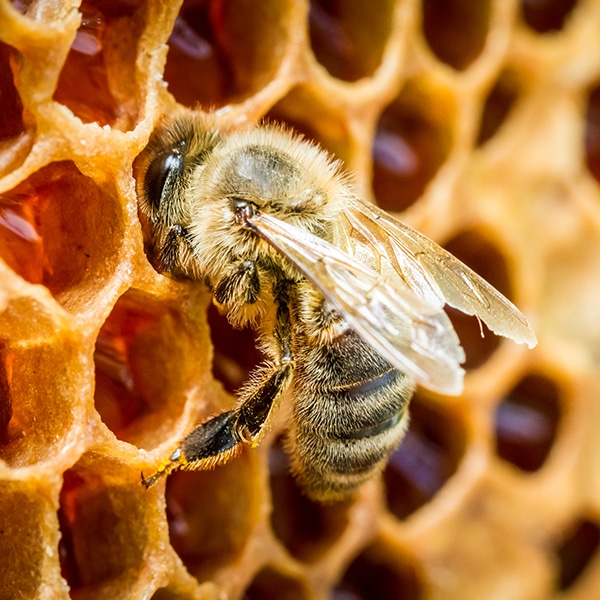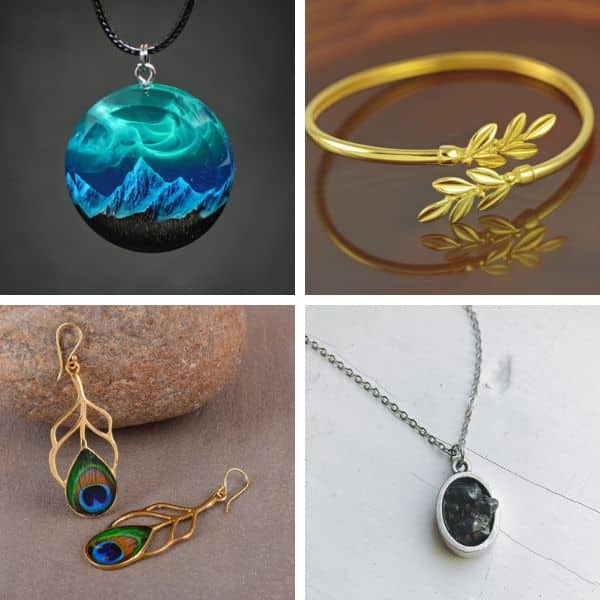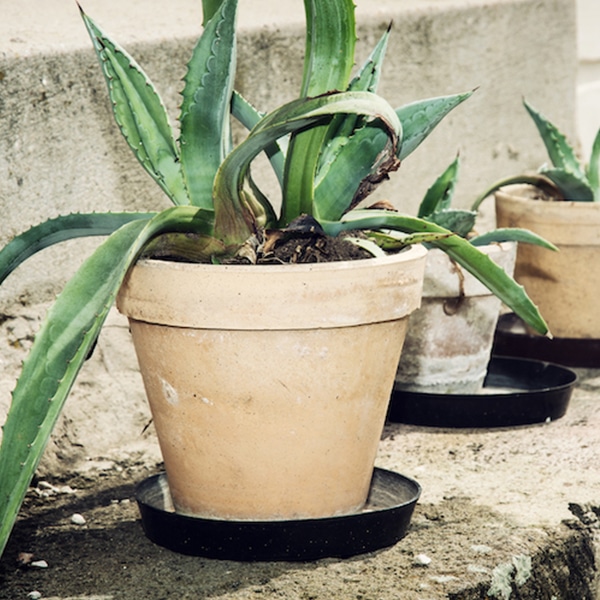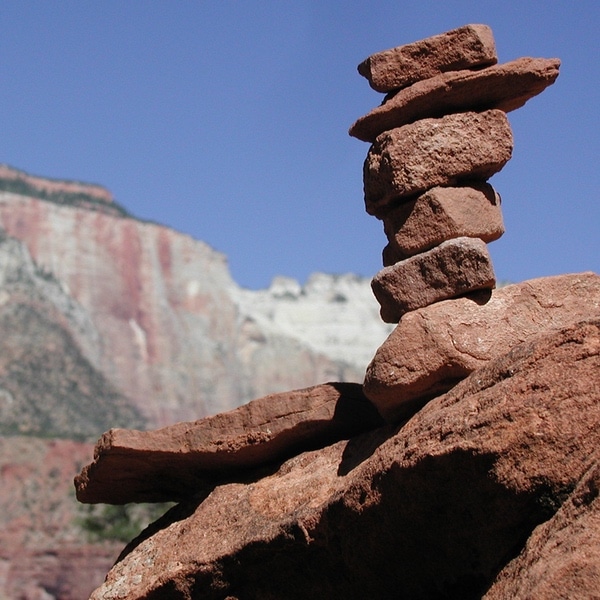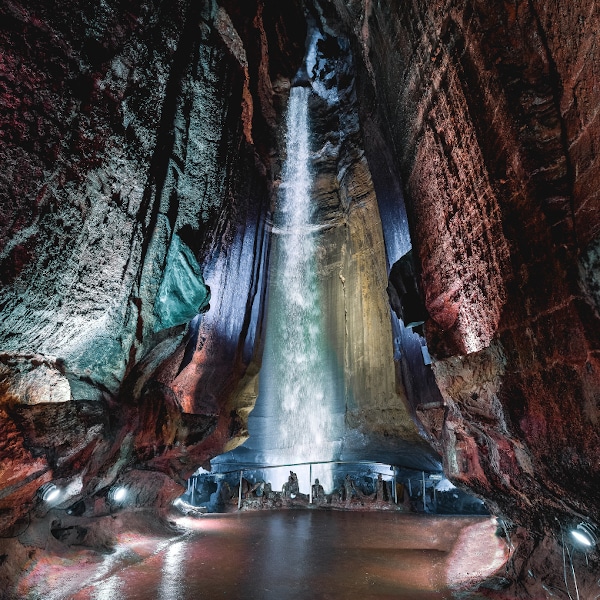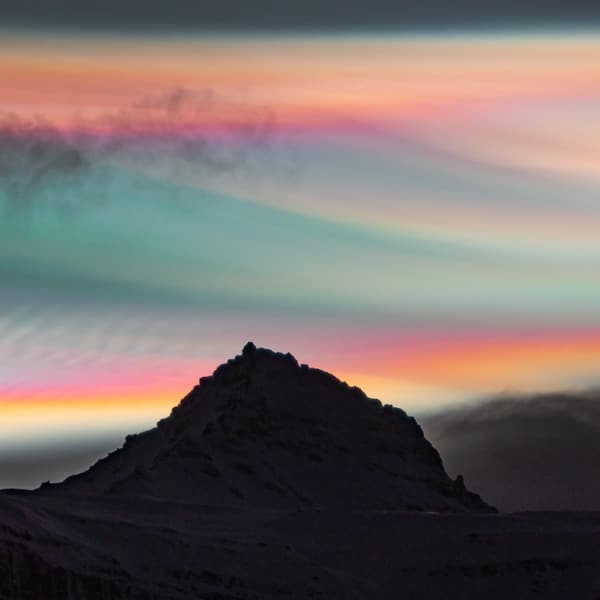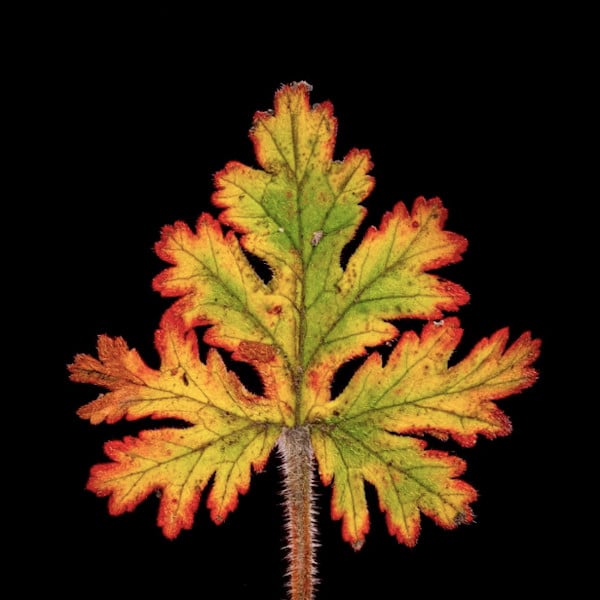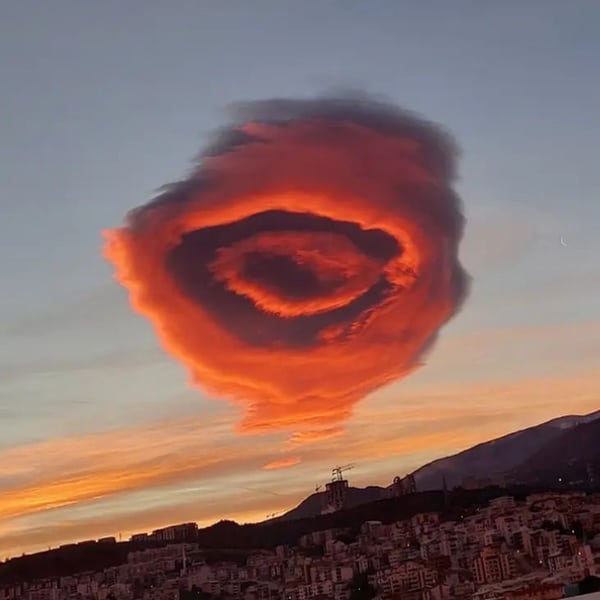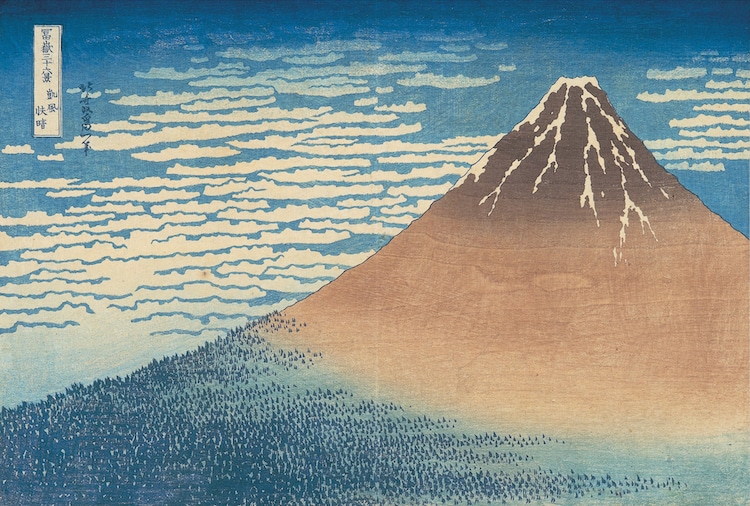
Hokusai, “Fine Wind, Clear Morning,” from “Thirty-Six Views of Mount Fuji” Series, c. 1831–1833 (Photo: Wikimedia Commons, Public domain)
Japan’s Mount Fuji is an iconic symbol of the nation. Its distinct conical shape, often half-covered by snow, is a well-known silhouette that can often be seen in ukiyo-e (woodblock prints). Artist Hokusai made the landmark famous in his series Thirty-Six Views of Mount Fuji, which included the famous piece The Great Wave. However, there's more to know about this stunning mountain than meets the eye.
With a height of 12,389 feet, Mount Fuji is the highest mountain in Japan, and the second-highest in all of Asia. Its close proximity to Tokyo (about 60 miles) means its shape can be seen from many different angles on a clear day.
Want to know more? Scroll down to learn 8 facts about Mount Fuji.
Learn 8 Facts About Mount Fuji.
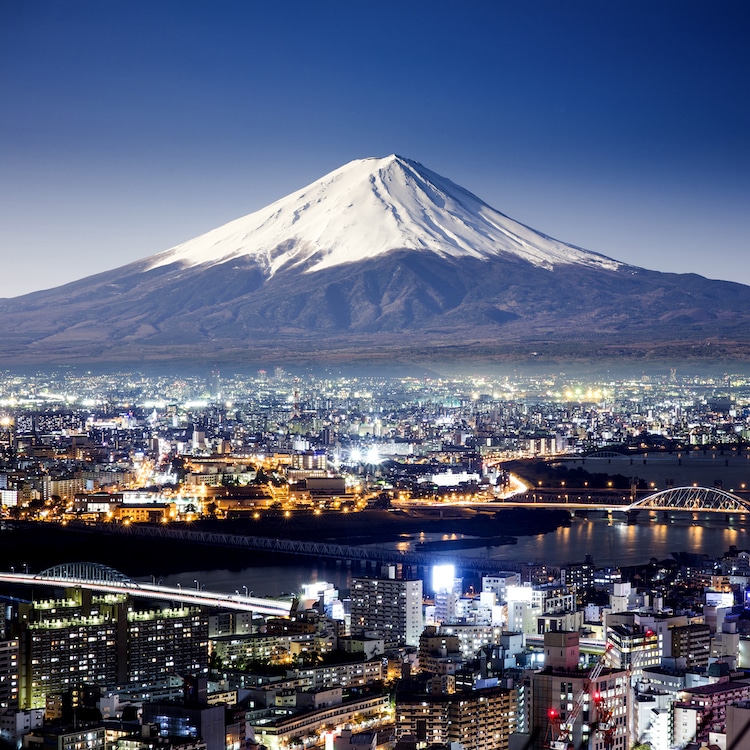
Photo: 2nix/Depositphotos
It is a stratovolcano.
Mount Fuji is not just a mountain, it is also an active stratovolcano (also called a composite volcano). This means that its conical shape is created by layers of hardened lava and tephra, similar to Pompeii‘s Mount Vesuvius.
It is a sacred mountain.
Mount Fuji has been regarded as a sacred site of the Shinto religion since ancient times. Princess Konohanasakuya is the Kami, or deity, of Mount Fuji, and there are several shrines at the base and summit of the mountain dedicated to her.
Mount Fuji is also one of Japan's “Three Holy Mountains,” which also includes Mount Tate and Mount Haku.
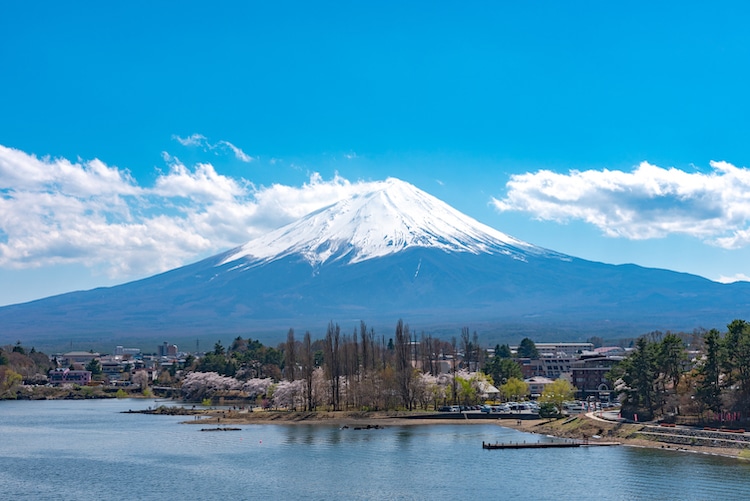
Photo: Shawn.ccf/Depositphotos
The first person to reach the summit was a monk.
According to texts, the first known ascent of Mount Fuji occurred in 663 CE by an unnamed monk. Later, in 1860, Mount Fuji was ascended by the first foreigner named Sir Rutherford Alcock in approximately eight hours.
The last time it erupted was in 1707.
It has been over 300 hundred years since Mount Fuji's last eruption in 1707. As an active volcano, Mount Fuji is at risk of erupting again. However, current data suggests that it is at a low risk of eruption.
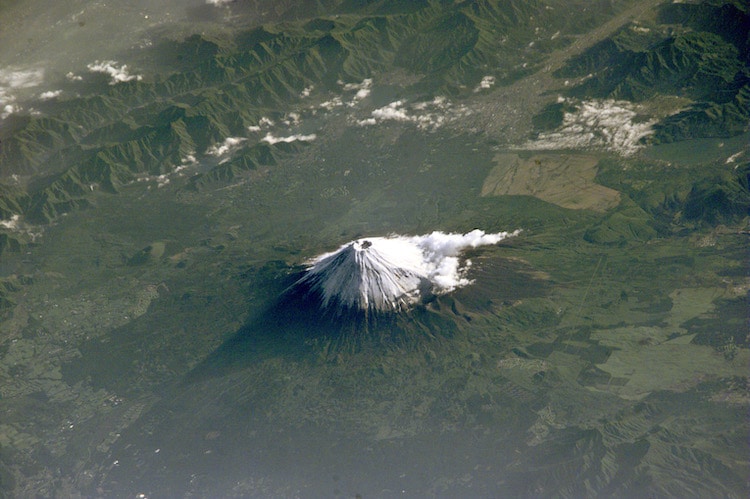
Image of Mount Fuji taken from the ISS, on 27 May 2001 (Photo: Wikimedia Commons, PD-USGov)
It is surrounded by five lakes.
Mount Fuji is not the only natural beauty in the area. It is also surrounded by five lakes—Lake Kawaguchiko, Lake Yamanakako, Lake Saiko, Lake Shojiko, and Lake Motosuko—and several hot springs.
Mount Fuji is on the Yen.
The back of the 1,000 Yen features a rare image of Mount Fuji by photographer Koyo Okada in which its reflection can be seen mirrored in Lake Motosu.
The origin of its name is unknown.
The name of Mount Fuji (富士山) predates kanji, which are the characters that make up a part of the Japanese writing system, along with hiragana and katakana. Instead, the characters used in Mount Fuji's name are ateji, which are characters that are used for phonetic reasons.
One theory of the name's origins comes from an Edo-period scholar named Hirata Atsutane, who proposed that the name derives from a word meaning “a mountain standing up shapely as an ear (穂, ho) of a rice plant.”
A annual fire festival is held at Mount Fuji.
Every year on August 26 and 27th—which is considered to be the end of the climbing season—the Yoshida Fire Festival is held at Fujiyoshida City, located at the base of the mountain. It features over a mile of lit torches, which are intended to quell Mount Fuji's rage.
Related Articles:
Learn About Japanese Daruma Dolls, Good Luck Charms With a Rich Tradition
This Japanese Village Creates Massive Rice Paddy Art Every Year
Drone Footage Captures Small Lake Shaped Like a Perfect Heart in Japan













































































